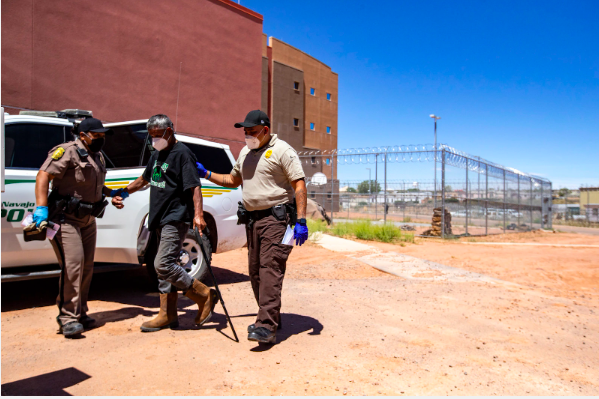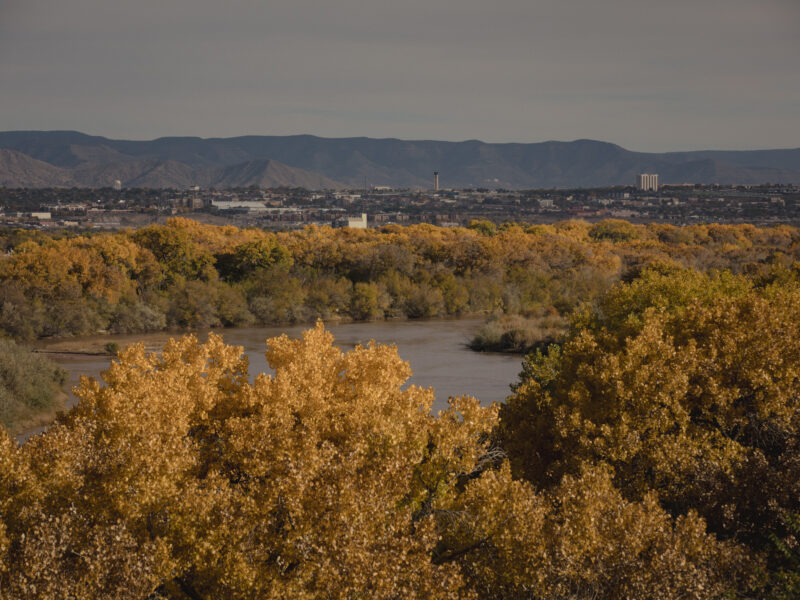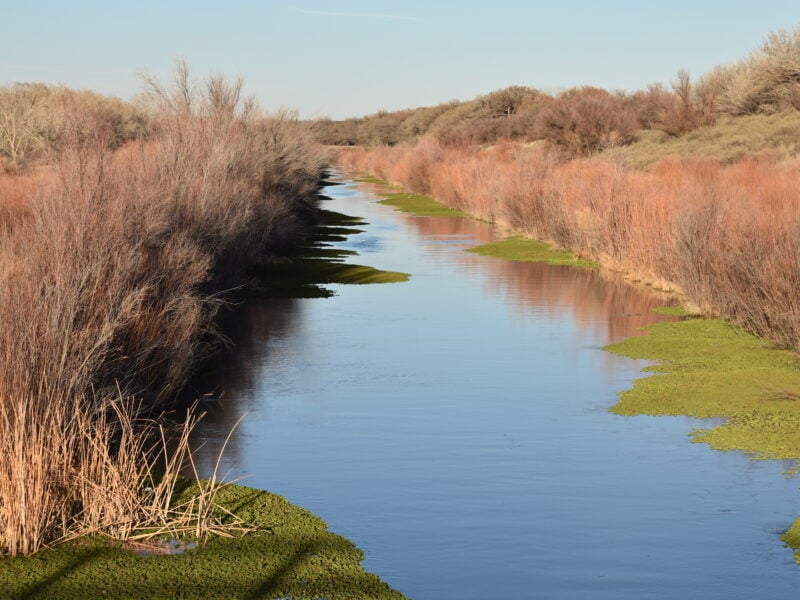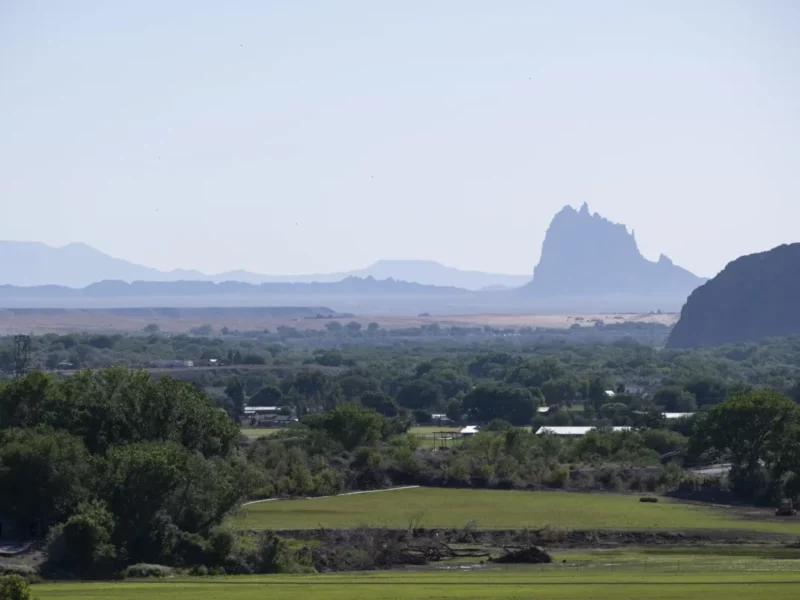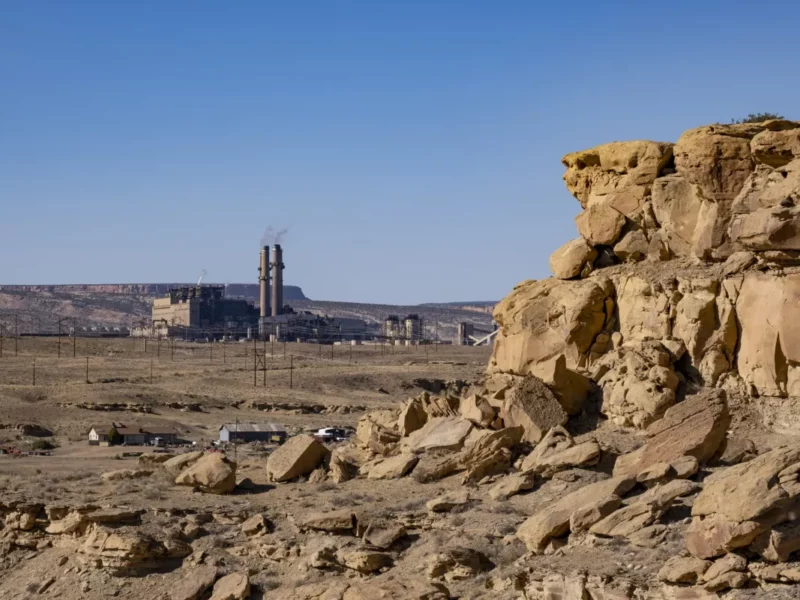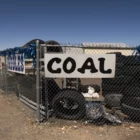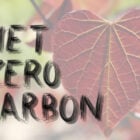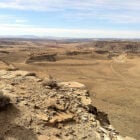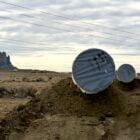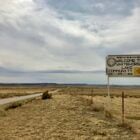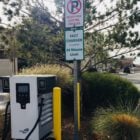In any given year, thousands of people are incarcerated in dozens of detention facilities run by tribal nations or the Bureau of Indian Affairs. Often left out of research on climate and carceral facilities, the tribal prisoner population is one of the most invisible and vulnerable in the country.
Now, climate change threatens to make matters worse.
According to a Grist analysis, more than half of all tribal facilities could see at least 50 days per year in temperatures above 90 degrees Fahrenheit by the end of the century if emissions continue to grow at their current pace. Ten facilities could experience more than 150 days of this kind of heat. Yet many tribal detention centers do not have the infrastructure, or funding, to endure such extreme temperatures for that long. This kind of heat exposure is especially dangerous for those with preexisting conditions like high blood pressure, which Indigenous people are more likely to have than white people.
This story was produced by Grist in partnership with the nonprofit newsroom Type Investigations and was co-published with ICT.
